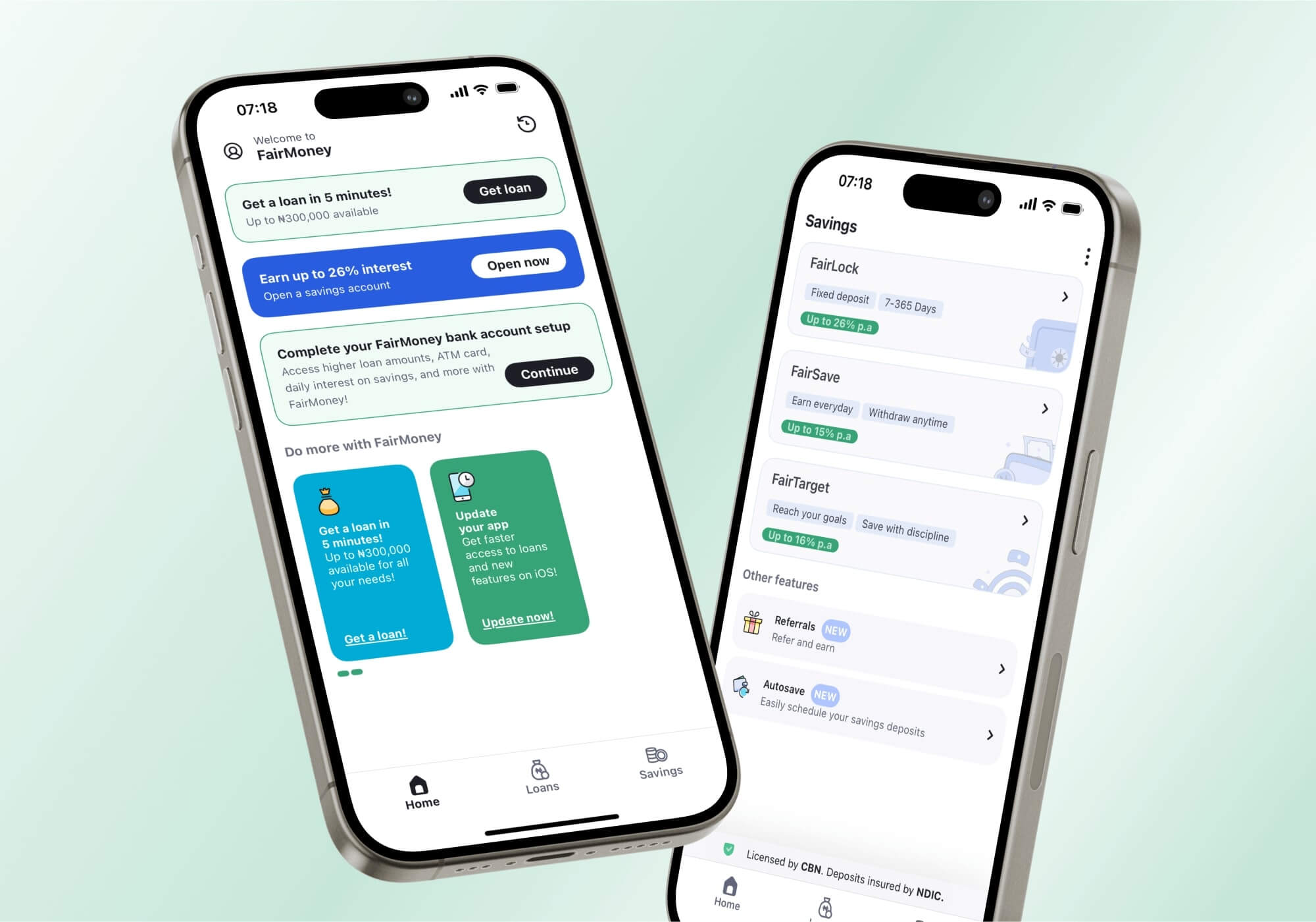What is staff augmentation, and how does it work?
Staff augmentation is a flexible hiring model that allows companies to integrate external professionals into their teams. These experts work alongside your in-house staff to meet project deadlines, address skill gaps, or manage workload spikes. The process involves identifying your needs, selecting candidates with relevant expertise, and onboarding them into your workflows.
What are the benefits of staff augmentation?
Staff augmentation offers several benefits, including:
- Flexibility: Scale your team up or down as needed.
- Cost-efficiency: Avoid the expenses of long-term hiring.
- Speed: Quickly onboard professionals to meet deadlines.
- Access to expertise: Bring in specialists with niche skills.
- Focus on core tasks: Delegate project-specific work to experts while your in-house team focuses on strategic goals.
What roles can I hire through staff augmentation?
Netguru’s staff augmentation services cover a wide range of roles, including:
- Web developers
- Mobile developers
- Product designers (UX/UI)
- DevOps engineers
- Quality assurance testers
- Product managers
Whether you need technical expertise or leadership support, we can match you with the right talent.
How does staff augmentation differ from outsourcing?
While both models involve external talent, they differ in execution:
- Staff Augmentation: External professionals join your team and integrate into your workflows, working under your management.
- Outsourcing: A third-party team handles an entire project or function independently, often with minimal involvement from your in-house team.
Staff augmentation is ideal when you want greater control over processes and need talent to complement your existing team.
How long does it take to onboard augmented staff?
Onboarding times depend on your requirements and the complexity of the role. However, Netguru prioritizes speed, and most clients can integrate new team members within 1-2 weeks. Our process ensures that professionals are quickly aligned with your goals and workflows.
What industries and projects does Netguru support with staff augmentation?
Netguru’s staff augmentation services cater to a variety of industries, including fintech, real estate, e-commerce, and SaaS. We've supported projects ranging from mobile app development and product design to scaling engineering teams and enabling digital transformation. Examples include FairMoney (fintech in Africa) and Keller Williams (real estate in the US).







